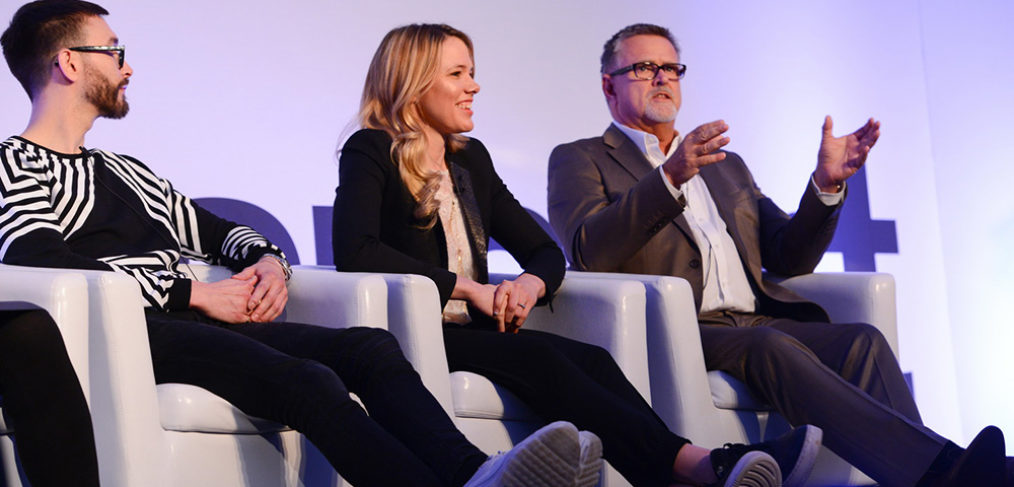
DAY TWO – MAINSTAGE (part 2) #salonsmart18
One of the stars on the Monday stage was undoubtedly Monica Teodoro, who had some stark warnings about businesses failing to harness social media. In a landscape where more people have a smartphone than a bank account (or indeed, a toothbrush!), you have to ensure your business is accessible. “If you’re in their playground, you can fish where the fish are,” she said. “If you don’t play here, you could become invisible.”
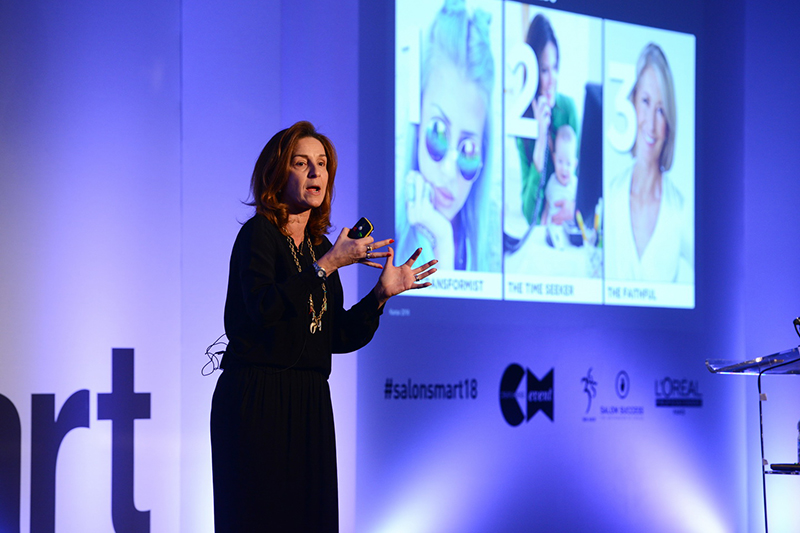
With 14m Google and YouTube searches for the term “beauty” every month, and with consumers spending on average two and a half hours on social media every day, the question to salons is not IF you do social media; it’s how well you do it. Monica encouraged the crowd to engage from beyond the chair, and inspire via social media (particularly powerful for the 35-54 age group is peer-to-peer recommendations). In a cluttered world of media and technology, it’s the unique and the creative that will cut through the noise and win.
The afternoon sessions began with the second panel debate of the day, focusing on the thorny subject of apprenticeships. The expert line up included Hilary Hall from the NHF, Dale Hollinshead of Birmingham salon Hazel & Haydn, Skyler McDonald, and business don Ken West of 3•6•5 Education, and was fronted by Creative HEAD publisher Catherine Handcock.
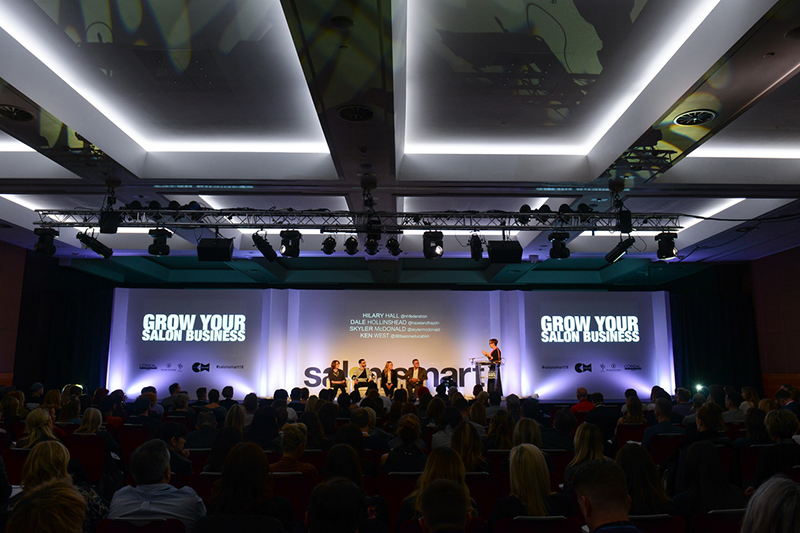
When the topic of hiring older apprentices arose, Dale explained why he was all for people coming into the industry decades later than the typical trainee: “Although there is a cost, they have more life experience. Them being older works well and you can get them through the apprenticeship quicker.”
“I did the maths on stage at Salon Smart last year,” Ken added, “and I still think it can work out cheaper or the same as hiring a younger apprentice, despite the initial extra cost, as it can take six months less to train them. They also have a different attitude.”
“A colourist came to me when we were building the salon,” added Skyler. “She was in her 50s and had worked in a salon years before, but she felt out of the game. She wasn’t sure if she was good enough, but she showed us a head of beautiful origami highlights. Sometimes the confidence just isn’t there.”
But despite such successes in recruiting older staff, the panel all agreed that getting young blood into hairdressing is still proving to be a struggle.

“Young people aren’t used to waiting,” said Ken. “They want to be doing hair. If you were training an accountant, you wouldn’t only train them for one day a week and have them sweeping the floor for the other four days.
“We could intensify the training but still give them the same amount,” he suggested. “If you’re worried you’ll train them and they’ll just leave, then you shouldn’t have that negative attitude. If we create an environment of growth, why would they leave? Have faith that they are the future.
“We have to change the system because they are the new generation,” he continued while the audience applauded his honesty. “The baseline has to change, we have to charge more and get people coming in to earn a decent wage. It embarrasses me that this industry isn’t viewed as one where there are opportunities. It’s broken.”
“Forty-two per cent of apprentices in our industry don’t even get minimum wage,” Hilary highlighted. “Is that what we want to be known for? If we want change, we have to do it ourselves.”
“You have to look at people want,” Skyler agreed. “They want autonomy and they want something to make them get out of bed in the morning.”
As she explained the changing government standards for apprenticeships, Hilary added that a change in approach often takes time to bed in. “Large companies now have to part-fund apprenticeships and the standards changed last year – which has been welcomed – but any change takes time to trickle through,” she said. “It’s this change that has likely caused the drop in people applying for apprenticeships, plus older apprentices now have to at least be part-funded by salons. But I’m confident numbers will pick up.”
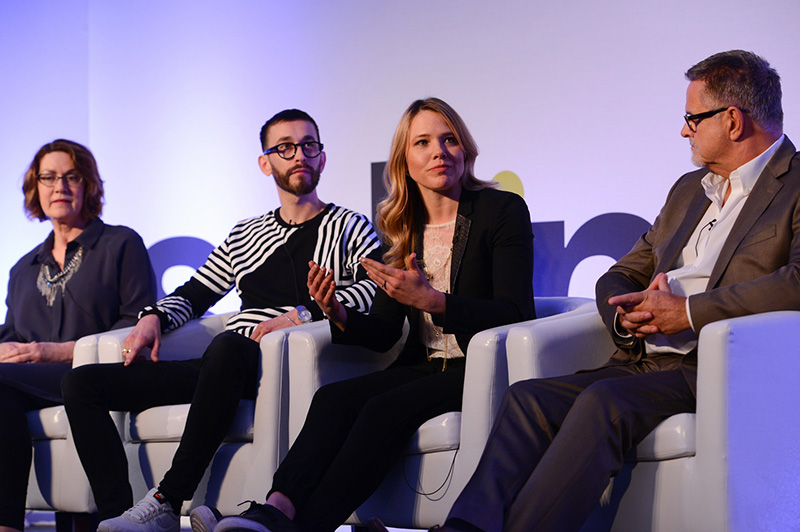
Looking at the positives in hair education, Hilary also pointed out that hair training made the list of professions included in the government’s new T Levels qualification scheme. “Hair and beauty is recognised as route that’s an alternative to A Levels,” she explained. “I have some reservations. Work placements are only 3 months long and there are difficulties in recruitment already so how do we encourage this? But it’s great that it will be seen as equivalent and a viable career.”
When asked why they thought self-employment in hairdressing is on the rise, the panel spoke about financial gains, but raised concerns about training and consistency when it comes to brand values.
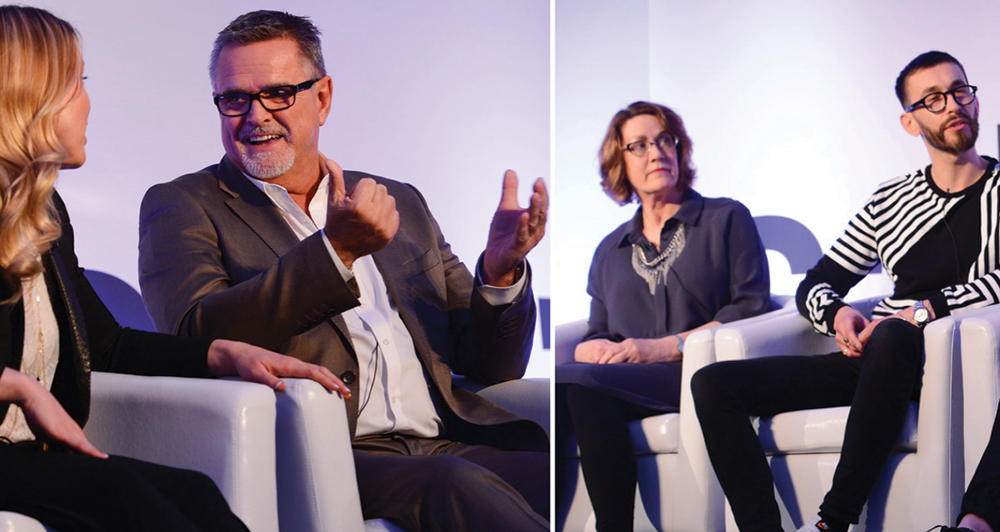
“I think everyone in this industry is seeing this and it’s for a number of reasons, but mainly cost savings for the salon and the extra money a freelance stylist can make. This might make sense initially, but who is training them? What is their customer service like?” Said Hilary.
“I can see why salons do it,” Ken agreed, “but you can’t create a brand or a culture as a proper salon when you simply hire self-employed stylists. I also think a lot of salons are breaking regulations as they don’t let clients know that they’ve hired self-employed stylists and they do set the working hours when they shouldn’t. It needs to be a level playing field.”
“I guess the ultimate question when it comes to securing the future of hair at a salon level is how do you reach trainees in the first place?” Catherine asked. “We use social media and we have successful partnerships with schools and training providers,” said Dale, before agreeing with Ken’s sentiment: “Be part of your community. Get involved. Then people will want to work for you because they are aware.”
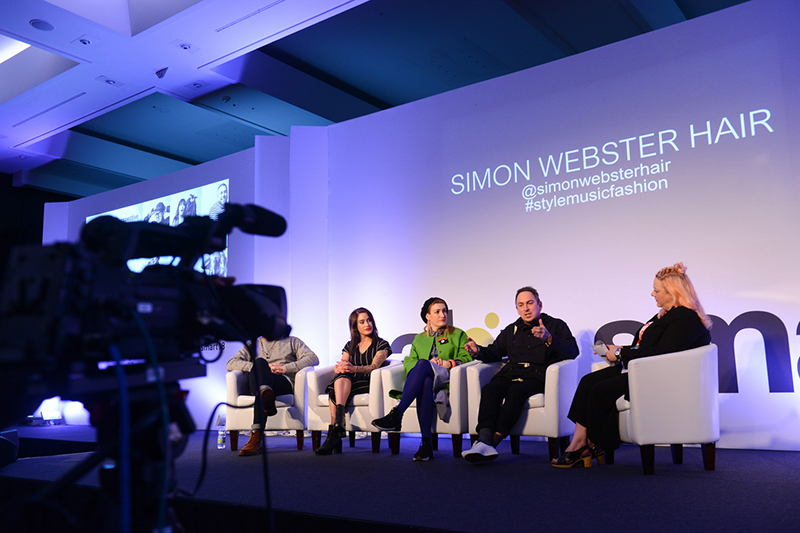
Think session and salon don’t mix? Think again. The team from Brighton salon Simon Webster Hair (SWH) took to the stage next to explain how they actively encourage their team to do external work, such as session styling. “We’re a democracy and encourage individuality,” says co-owner Sophie, who met hairdresser Simon when she was a client. Together, they decided they wanted to create a salon that considered everything from a client-centric perspective, and this has led to a collaborative team that is part of the decision-making process in all aspects of the business.

“I stumbled across the salon when I wasn’t looking for a new job, but I saw it, researched it and I could see they encourage staff to do session work, which is what I wanted to do. So I got a job there,” said Phil Gilbert, SWH brand ambassador and editorial stylist. Fellow editorial stylist Hannah de Frateschi, agreed. “We’re encouraged by Sophie and Simon to try new things,” she said, “and I’ve done stuff I never dreamed of doing before I joined SWH.” Sophie summed up the salon’s ethos when she said: “You should do things through choice, not obligation.”
Check out more images from Salon Smart 2018 in our Facebook galleries.
